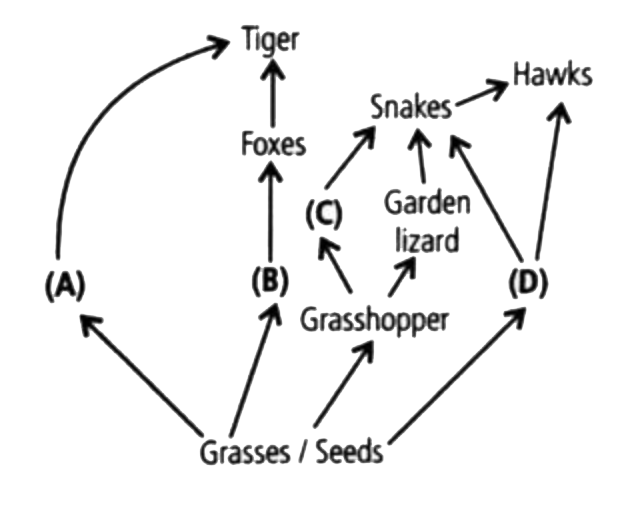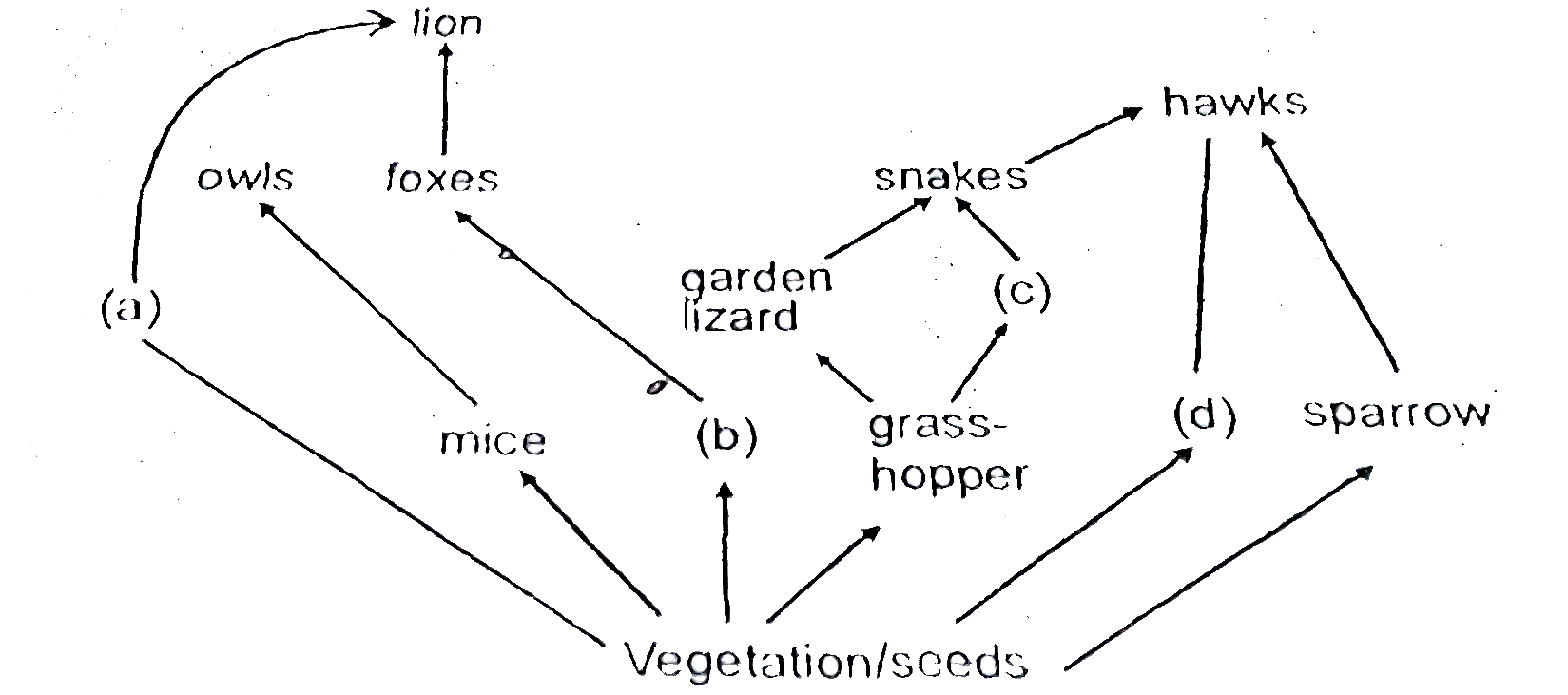Modified assimilatory organs with nodes and internodes are found in
A) Taeniophyllum B) Opuntia
C) Lathyrus D) Ruscus
A, B
B, C
C,D,E
B, D
The correct Answer is:D
To determine which of the given options has modified assimilatory organs with nodes and internodes, we can analyze each option step by step.
1. Understanding Modified Assimilatory Organs:
- Modified assimilatory organs are parts of the plant that have adapted to perform photosynthesis. These modifications can occur in the stem or leaves, and they may take different forms.
2. Identifying the Options:
- The options provided are:
- A) Taeniophyllum
- B) Opuntia
- C) Lathyrus
- D) Ruscus
3. Analyzing Taeniophyllum:
- Taeniophyllum is an epiphytic plant that does not have a typical root system. Its roots are modified to absorb moisture from the air and do not have nodes and internodes. Therefore, it does not fit the criteria.
4. Analyzing Opuntia:
- Opuntia, commonly known as cactus, has modified stems called phylloclades. These structures are green and perform photosynthesis. Phylloclades have nodes and internodes, making Opuntia a suitable candidate.
5. Analyzing Lathyrus:
- Lathyrus, or sweet pea, does not have any significant modifications in its stem or leaves that would allow it to perform photosynthesis through modified structures. Thus, it does not meet the criteria.
6. Analyzing Ruscus:
- Ruscus has modified stems known as cladodes that perform photosynthesis. These structures also have nodes and internodes, making Ruscus another suitable candidate.
7. Conclusion:
- Based on the analysis, both Opuntia and Ruscus have modified assimilatory organs with nodes and internodes. However, since the question asks for a single answer, we can conclude that the best answer is B) Opuntia, as it is a well-known example of a plant with such modifications.
Final Answer:
B) Opuntia
- Modified assimilatory organs are parts of the plant that have adapted to perform photosynthesis. These modifications can occur in the stem or leaves, and they may take different forms.
- The options provided are:
- A) Taeniophyllum
- B) Opuntia
- C) Lathyrus
- D) Ruscus
- Taeniophyllum is an epiphytic plant that does not have a typical root system. Its roots are modified to absorb moisture from the air and do not have nodes and internodes. Therefore, it does not fit the criteria.
- Opuntia, commonly known as cactus, has modified stems called phylloclades. These structures are green and perform photosynthesis. Phylloclades have nodes and internodes, making Opuntia a suitable candidate.
- Lathyrus, or sweet pea, does not have any significant modifications in its stem or leaves that would allow it to perform photosynthesis through modified structures. Thus, it does not meet the criteria.
- Ruscus has modified stems known as cladodes that perform photosynthesis. These structures also have nodes and internodes, making Ruscus another suitable candidate.
- Based on the analysis, both Opuntia and Ruscus have modified assimilatory organs with nodes and internodes. However, since the question asks for a single answer, we can conclude that the best answer is B) Opuntia, as it is a well-known example of a plant with such modifications.
B) Opuntia
Similar Questions
Knowledge Check
- Question 1 - Select One
Consider the following statements.
(i)In Gynandropsis, Passiflora , etc., thalamus is elongated and shows well developed nodes and internodes.
(ii)The floral buds in Agave, Allium , etc. , may sometimes get modified into vegetative buds or bulbils.
(iii)Sepals are concerned with protection of flowers in bud condition and petals help to attract insects for pollination.
(iv)Stamens and carpels serve as the male and female reproductive organs respectively.
Which of the following combinations of above statements provides an evidence that flower is a modified shoot ?A(i) and (ii)B(ii) and (iii)C(iii) and (iv)D(i) and (iv) - Question 2 - Select One
Identify organisms A,B,C and D in the given food web
 AABCDSquirrelDogTortoiseCrowBABCDRatCatBatPigeonCABCDDeerSquirrelRatCrowDABCDDeerRabbitFrogRat
AABCDSquirrelDogTortoiseCrowBABCDRatCatBatPigeonCABCDDeerSquirrelRatCrowDABCDDeerRabbitFrogRat - Question 3 - Select One
An offset is a lateral branch with short internodes and each node bearing a rosette of leaves and a tuft of roots. It is found in:
APistiaBEuphorbiaCChrysanthemumDZostera
Identify the likely organisms (a), (b), (c) and (d) in the food web shown below
 View Solution
View SolutionWhich of the following statements is/are true
(A) It the stem is jointed with solid nodes and hollow internodes, it is called caudex
(B) In Tridax the stem is decumbent
(C) Corn is a condensed form of rhizome growing more or less in vertical direction
(D) Sucker is an underground modification of stem
(E) Biparous type of cymose branching is seem in Saraca.View SolutionModified stem which grows vertically to soil surface, bear nodes, internodes, buds and scaly leaves is
View SolutionA lateral branch with short internodes and each node bearing a rosette of leaves and a tuft of roots is found in aquatic plants like
View SolutionSelect the correct statements among the following
I. Aerial roots are chlorophyllous and assimilatory in Vanda and Taeniophyllum
II. Two types of adventitious roots are found in sugarcane and maize
III. Tap root and lateral roots possess nodules in bean and pea
IV. Tap root and aerial adventitious roots are present in banyan and Chrysanthemum.View Solution

